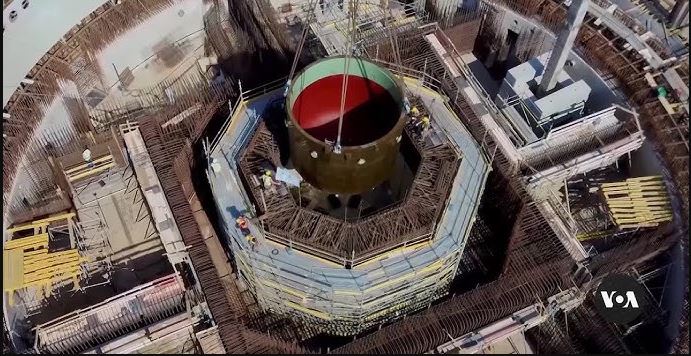
Türkiye is undertaking a bold initiative to strengthen its energy independence and industrial capacity through a comprehensive nuclear development strategy. Aiming to reach 7.2 GW of nuclear power by 2035 and ramp up to 20 GW by 2050, the country is positioning itself for long-term growth in the nuclear energy sector. While construction of the Akkuyu Nuclear Power Plant is well underway, preparations are progressing for two additional large-scale nuclear sites in Sinop and Thrace. Simultaneously, Türkiye is evaluating the deployment of Small Modular Reactors (SMRs) to diversify its energy portfolio. By advancing several projects concurrently, the nation is building global partnerships and leveraging next-generation technologies to emerge as a significant force in the international nuclear landscape.
Accelerating Capacity Through Strategic Nuclear Sites
Türkiye’s nuclear roadmap includes three cornerstone projects: Akkuyu, Sinop, and Thrace. Each site reflects international collaboration and the adoption of advanced nuclear technology.
The Akkuyu project in Mersin Province, the country’s first commercial nuclear facility, is a 4.8 GW development led by Russia’s Rosatom under a Build-Own-Operate agreement. Featuring four VVER-1200 reactors, this plant is projected to fulfill around 10% of Türkiye’s electricity needs upon completion. Akkuyu has already injected over $7.5 billion into the local economy and achieved a 56% localization rate. Plans are in place to grow this contribution to $10 billion and increase domestic participation in future projects to more than 80%.
In parallel, plans for the Sinop Nuclear Power Plant are advancing on Türkiye’s Black Sea coast. Also designed as a 4.8 GW facility, this project has attracted interest from both Russia and South Korea, with KEPCO proposing its APR1400 reactor technology. This competitive procurement strategy highlights Türkiye’s intention to diversify its technological sources and enhance economic efficiency.
The third initiative, the Thrace Nuclear Power Plant in Kirklareli Province, is being developed in cooperation with China’s State Power Investment Corporation. Designed to house CAP1400 reactors, the site is expected to contribute 5.6 GW to the national grid. These reactors are known for their advanced safety and performance characteristics, supporting Türkiye’s commitment to state-of-the-art nuclear solutions.
By advancing these three large-scale projects simultaneously, Türkiye is creating a robust and flexible framework for rapid nuclear expansion supported by varied expertise and financing strategies.
Small Modular Reactors: A Key Element in Türkiye’s Future Energy Mix
Alongside major nuclear installations, Türkiye is exploring SMR technology to complement its long-term strategy. With a vision to deploy 5 GW of SMR capacity by 2050, the country is collaborating with industry leaders such as Westinghouse Electric and Rolls-Royce, the latter having signed an MoU for potential deployment. Regulatory reforms are underway, aiming to establish an SMR framework by 2025.
SMRs offer scalable and adaptable energy solutions, particularly suitable for decentralized and industrial applications. Integrating these compact reactors into the broader grid will enhance system resilience, improve access in remote regions, and support clean industrial operations. The inclusion of SMRs alongside large-scale plants ensures Türkiye’s nuclear program remains adaptive and future-ready.
Driving Industrial Growth and Technological Sovereignty
Türkiye’s simultaneous advancement of multiple nuclear initiatives is not just about energy generation—it’s also a catalyst for economic development. The local content rate at Akkuyu demonstrates growing industrial capacity, and the country is striving for even greater local participation in the Sinop and Thrace projects.
With over $20 billion already invested in Akkuyu, nuclear energy is driving growth in sectors such as engineering, construction, and high-precision manufacturing. Türkiye is using this momentum to develop a domestic supply chain capable of supporting future projects and exporting nuclear technology and services abroad.
By 2053, Türkiye’s goal is to become fully self-reliant in nuclear technology. This includes the ability to design, build, and maintain reactors domestically, as well as supply expertise and components to the global market—solidifying its status as a rising nuclear energy leader.
Source- NBP
https://neometrixgroup.com/products/dynamic-snubber-shock-arrestor-test-facility

